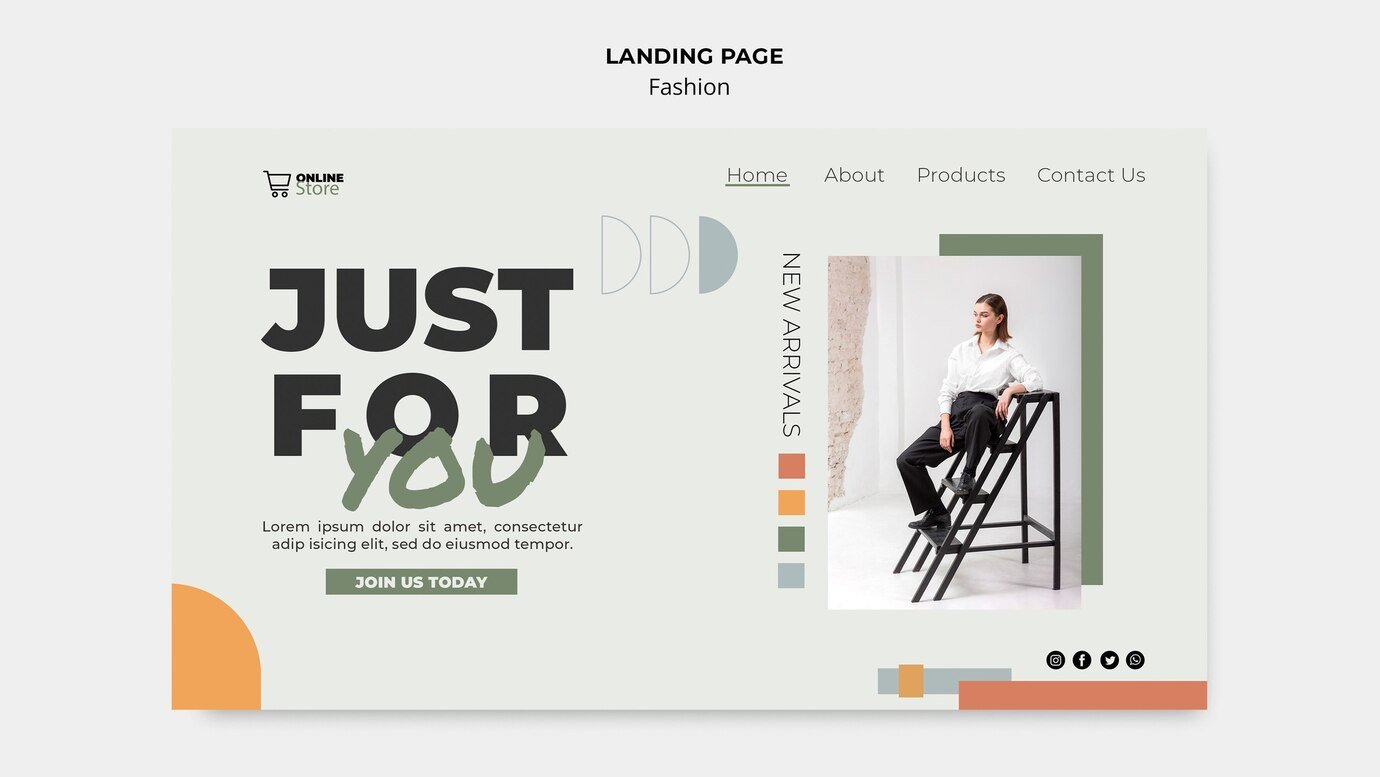In today’s digital age, having a visually appealing and professionally curated portfolio website is essential for artists, designers, photographers, and creative professionals. WordPress, with its user-friendly interface and versatility, is the perfect platform for building a stunning online portfolio that not only showcases your work but also captivates your audience. In this comprehensive guide, we’ll walk you through the steps to create a captivating portfolio website with WordPress, optimized for SEO and designed to leave a lasting impression.
The Power of a Portfolio Website
A portfolio website serves as a visual resume, a showcase of your skills, and a tool to attract potential clients or employers. It allows you to:
- Display your best work: Showcase your most impressive projects and creations in an organized and visually appealing manner.
- Establish credibility: Demonstrate your expertise and professionalism, instilling confidence in potential clients or employers.
- Tell your story: Craft a narrative around your work, your creative journey, and your unique style.
- Reach a broader audience: Share your portfolio with a global audience, expanding your reach and opportunities.
Creating Your Stunning Portfolio Website
1. Selecting the Right WordPress Theme
Choosing the perfect WordPress theme for your portfolio is the first crucial step. Look for a theme that complements your style and offers customization options. Themes like “Oshine,” “Divi,” and “Photographer” are popular choices for portfolio websites.
2. Showcasing Your Work with Galleries
Organize your portfolio by creating galleries or categories that reflect your different areas of expertise or types of work. WordPress makes it easy to create and manage these galleries, allowing you to add images, videos, or even audio files.
3. Crafting Compelling Project Pages
Dive deeper into your work by creating individual project pages. Each project page should include high-quality images, a project description, key details, and any relevant links or files. Use captivating storytelling to engage your audience and explain the creative process behind each project.
4. Implementing a User-Friendly Navigation Menu
Ensure your portfolio website is easy to navigate by creating a user-friendly menu. Include categories, an about page, a contact page, and any other relevant sections. A clear and intuitive menu enhances the user experience.
5. Optimizing for Mobile Devices
As mobile users continue to increase, it’s essential to ensure your portfolio website is mobile-responsive. A responsive design ensures that your site looks and functions seamlessly on smartphones and tablets, enhancing accessibility for all users.
6. Emphasizing Visual Appeal
Your portfolio is a visual representation of your talent, so prioritize aesthetics. Choose a clean and minimalistic design that doesn’t distract from your work. Use high-resolution images and pay attention to typography and color schemes.
7. Adding a Blog Section
Incorporate a blog section to share your thoughts, insights, and creative process with your audience. Regularly publishing content can also boost your SEO ranking and keep visitors engaged.
8. Implementing Contact Forms
Include user-friendly contact forms on your website to make it easy for potential clients or employers to get in touch with you. WordPress offers various plugins like Contact Form 7 to simplify this process.
9. SEO Optimization
Optimize your portfolio website for search engines by using relevant keywords, meta descriptions, and alt tags for images. Use SEO plugins like Yoast SEO to improve your website’s visibility in search results.
10. Social Media Integration
Promote your portfolio through social media by integrating social sharing buttons and linking to your social profiles. Sharing your work on platforms like Instagram, Behance, or Dribbble can help expand your online presence.
A stunning portfolio website built with WordPress can be your digital showcase, allowing you to reach a global audience, attract potential clients, and leave a lasting impression. By following these steps and incorporating your unique style and creativity, you can create a portfolio website that truly reflects your talent and captivates your audience.
Disclaimer: The information provided in this article is intended for general guidance and informational purposes only. While creating a portfolio website with WordPress is a powerful tool for showcasing your work, individual results may vary based on factors such as your portfolio content and design choices. We recommend consulting with a web design professional for personalized advice and assistance in creating a portfolio website that aligns with your creative goals and objectives.
